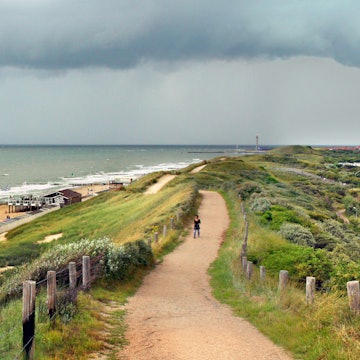

© Olena_Z/Getty Images/iStockphoto
Overview
Tradition and innovation intertwine here: artistic masterpieces, centuries-old windmills, tulip fields and romantic candlelit cafés coexist with visionary architecture, cutting-edge design and phenomenal nightlife.
Meet your new travel partner
Stay connected in The Netherlands
Unlimited data while you travel with Holafly eSIM. Use code LONELYPLANET for an exclusive discount.
Must-see attractions
Planning Tools
Expert guidance to help you plan your trip
Best Things to Do
Follow this guide to the most distinct and memorable experiences to be had in the Netherlands.
Read full article
Best Places to Visit
With its art-filled cities, charming windmills and beautiful tulip fields, the Netherlands gives you much to enjoy. Here are the top places to visit.
Read full article
Best Time to Visit
From the liveliest street parties to negotiating the fickle weather, here's everything you need to know about the best times to visit the Netherlands.
Read full article
Things to Know
The Netherlands is an easy place to travel. Avoid common mishaps with this guide to what you need to know before you go.
Read full article
Transportation
With a public transport network that dreams are made of, the Netherlands is a joy to explore. Here's what you need to know about getting around.
Read full article
Money and Costs
These money-saving tips can help you find ways to experience the Netherlands on a budget.
Read full article
Best Road Trips
Explore more of the Netherlands by car (or bike) with these top driving routes.
Read full article
Get a book. Get inspired. Get exploring.
in partnership with getyourguide























